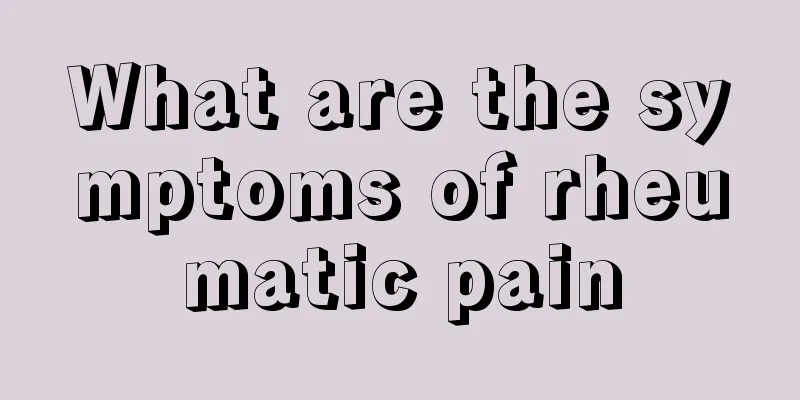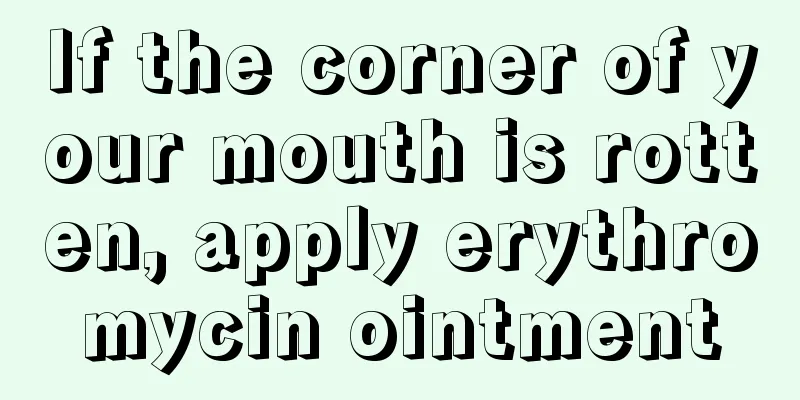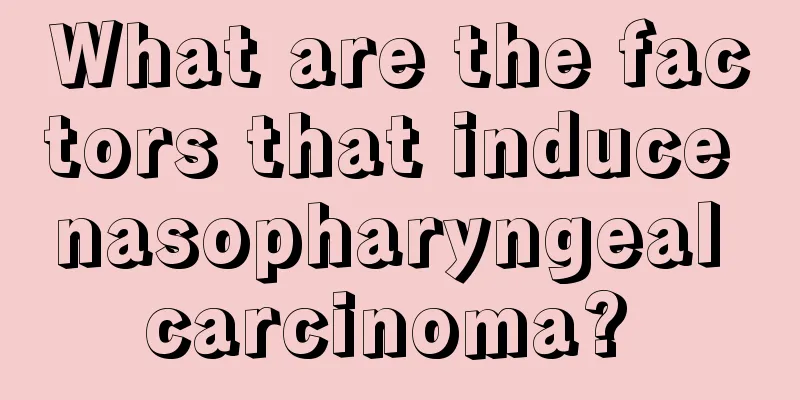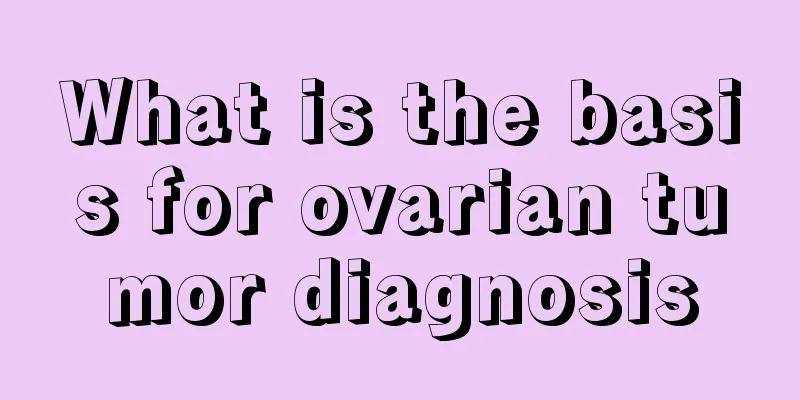What are the symptoms of high intraocular pressure
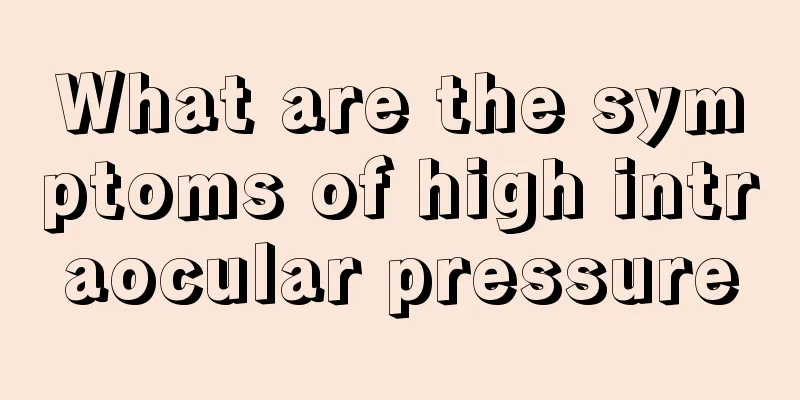
|
Many people don’t know what the symptoms of high intraocular pressure are. The intraocular pressure of a normal person is stable, maintained in the range of 11-21mmhg to keep the normal shape of the eyeball. When suffering from diseases such as glaucoma, symptoms of high intraocular pressure will appear, mainly manifested as swelling and discomfort of the eyeball, and severe pain in the eye socket. This disease mostly occurs in middle-aged people over 40 years old. Let’s take a closer look at the symptoms of high intraocular pressure. Intraocular pressure is one of the criteria for measuring eye health. It can be simply understood as the pressure inside the eye. High intraocular pressure may lead to eye diseases. So what are the symptoms and manifestations of high intraocular pressure? Maybe you don’t know much about it yet. The following experts from the Ophthalmology Hospital will give you a detailed introduction to the symptoms and manifestations of high intraocular pressure. Under normal circumstances, the production and discharge of aqueous humor maintain a dynamic balance, that is, within a certain period of time, the amount of aqueous humor produced and discharged is equal. If the drainage channel of aqueous humor is blocked, or the amount of aqueous humor produced increases for some reason, it can lead to accumulation of aqueous humor and increase intraocular pressure. When intraocular pressure is high, there will be many symptoms and manifestations. What are the symptoms and manifestations of high intraocular pressure? 1. Headache and eye swelling: Due to the sharp increase in intraocular pressure, the endings of the trigeminal nerve are stimulated, which reflexively causes pain in the distribution area of the trigeminal nerve. Patients often feel migraine and eye swelling. 2. Iris vision: due to increased intraocular pressure and impaired circulation of intraocular fluids, corneal edema and refraction changes occur. At this time, when looking at sunlight, especially light, a colorful ring with an orange-red outer circle, a purple-blue inner circle, and a green center will appear. 3. Nausea and vomiting: Increased intraocular pressure can also reflexively cause excitement of the vagus nerve and vomiting nerve center, resulting in severe nausea and vomiting. 4. Narrowing of the visual field and decreased vision: Due to high intraocular pressure, the optic nerve is damaged. In the early stage, decreased vision and foggy vision often appear at night and disappear in the next morning. |
<<: Tips to remove yellow milk stains
>>: My stomach feels uncomfortable after eating
Recommend
Introduction to methods to prevent prostate cancer
There are two ways to prevent prostate cancer. Th...
The difference between sweet potato and yams
Many people say that sweet potatoes and sweet pot...
What does triglyceride mean
When we talk about triglycerides, many people don...
What is the flu vaccine
We often hear that children should be given flu v...
How to eat kiwi fruit if it is too sour
Kiwis are too sour because they are not very ripe...
Can pancreatic cancer be cured late
With the development of society, people's lif...
What are anal warts?
Patients suffering from anal warts are in great p...
Will frequent swimming cause excessive moisture?
In summer, many friends prefer swimming, which no...
Psychological nursing goals for breast cancer
Breast cancer makes many women very painful. Nowa...
What are the symptoms of malignant bone tumors?
Bone tumors can be divided into benign and malign...
Learn more about the side effects of glucocorticoids
Glucocorticoids have many effects, but they also ...
How to cure prostate cancer in its early stages
In addition to common diseases of the reproductiv...
What are the dietary treatments for wind-heat cold
There are many methods to treat wind-heat, and it...
How long will it take for glioma patients to recover
Glioma is now a common brain tumor disease, which...
The simplest way to prevent lung cancer
The emergence of lung cancer has made many patien...

